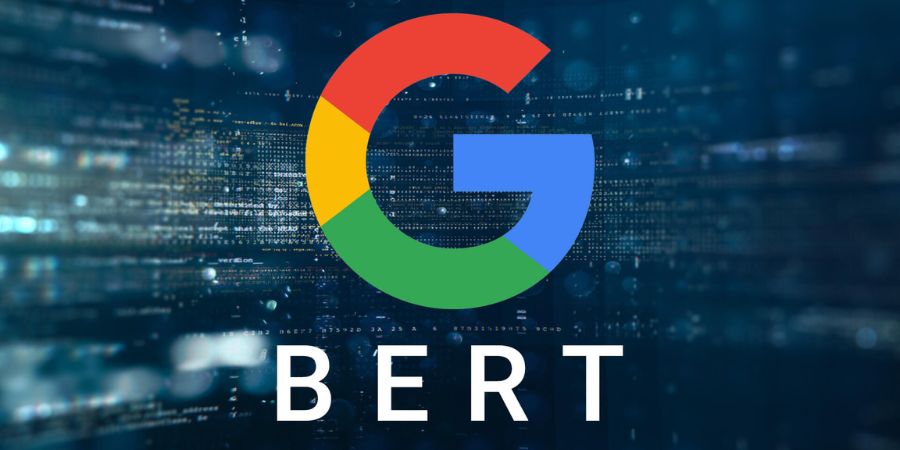Google BERT is a revolutionary new natural language processing algorithm that has been taking the tech world by storm. Developed by Google in 2018, BERT stands for Bidirectional Encoder Representations from Transformers, and it has the potential to drastically improve how machines understand human language.
Through its deep learning capabilities, Google’s BERT can provide more accurate and nuanced results for search engine queries and natural language processing tasks. In this blog post, we’ll explore everything you need to know about Google BERT, including its features and potential applications.
What is Google BERT?
BERT (Bidirectional Encoder Representations from Transformers) is a powerful natural language processing (NLP) model developed by Google that helps machines understand human language.
BERT is based on the transformer network architecture and was created to better understand relationships between words in search queries. This allows BERT to understand context, which is something that traditional NLP models have struggled to do.
With BERT, Google has been able to greatly improve its search capabilities. By understanding the context of words, Google’s BERT is able to more accurately interpret a search query and deliver more relevant search results.
Additionally, BERT is designed to be used in many languages, including English, French, Spanish, German, Chinese, Japanese, and more. This makes it an incredibly useful tool for companies with global reach.
How does Google BERT work?
Google BERT (Bidirectional Encoder Representations from Transformers) is a state-of-the-art natural language processing (NLP) model developed by Google. BERT was designed to better understand the complexities of human language, including the context and intent behind queries.
It is a deep learning-based approach that utilizes bidirectional, self-supervised training on unannotated text to generate contextual representations of words and phrases.
At its core, BERT uses transformers to process natural language. A transformer is an artificial neural network architecture used in natural language processing (NLP). It works by first creating a unique vocabulary for each text document, then encoding each word in the vocabulary as a vector. It then processes these vectors in parallel, allowing them to better represent the meaning of words in relation to each other.
BERT relies on several key components to help it understand natural language. First, it uses a masking technique to prevent words from being seen twice in a sentence. This helps BERT recognize the context and intent behind words in a sentence.
Additionally, it uses an attention mechanism to allow the model to focus more closely on certain parts of the text. Finally, it uses the transformer model to learn language patterns more effectively and accurately.
BERT has had great success in many areas of NLP tasks, including understanding questions and providing answers. With its ability to better understand the context and intent of queries, BERT has become a powerful tool for search engines and other applications. By using this powerful NLP model, you can ensure your website provides the best possible search results to your users.
What are the benefits of using Google’s BERT?
Using Google BERT has numerous benefits that can make your website more effective and efficient. BERT’s Natural Language Processing (NLP) capabilities can provide improved search results, a better understanding of user questions and queries, and improved customer support.
First and foremost, BERT can help improve the accuracy of search engine results pages (SERPs). BERT’s NLP capabilities allow it to better understand user queries and give more accurate results that match what the user was looking for. This improved accuracy can help you rank higher on SERPs and improve user experience by providing more relevant content to your users.
Another benefit of using BERT is its ability to understand user queries and questions better than ever before. By utilizing BERT’s NLP capabilities, you can create more accurate and natural conversations with users through your website or application. This can help you provide better customer service and support, as well as increase conversions from visitors.
BERT can be used to create personalized user experiences on your website or application. Using BERT’s NLP capabilities, you can customize the user’s experience based on their search query or question. This can help you create more targeted content and offers that will be more likely to engage your users and lead to higher conversions.
Overall, using Google BERT can bring numerous benefits to your website or application. Its NLP capabilities can help improve SERPs accuracy, understand user queries better, and create personalized experiences that lead to higher conversions. With BERT’s powerful features, you can take your website or application to the next level.
RELATED ARTICLES:

